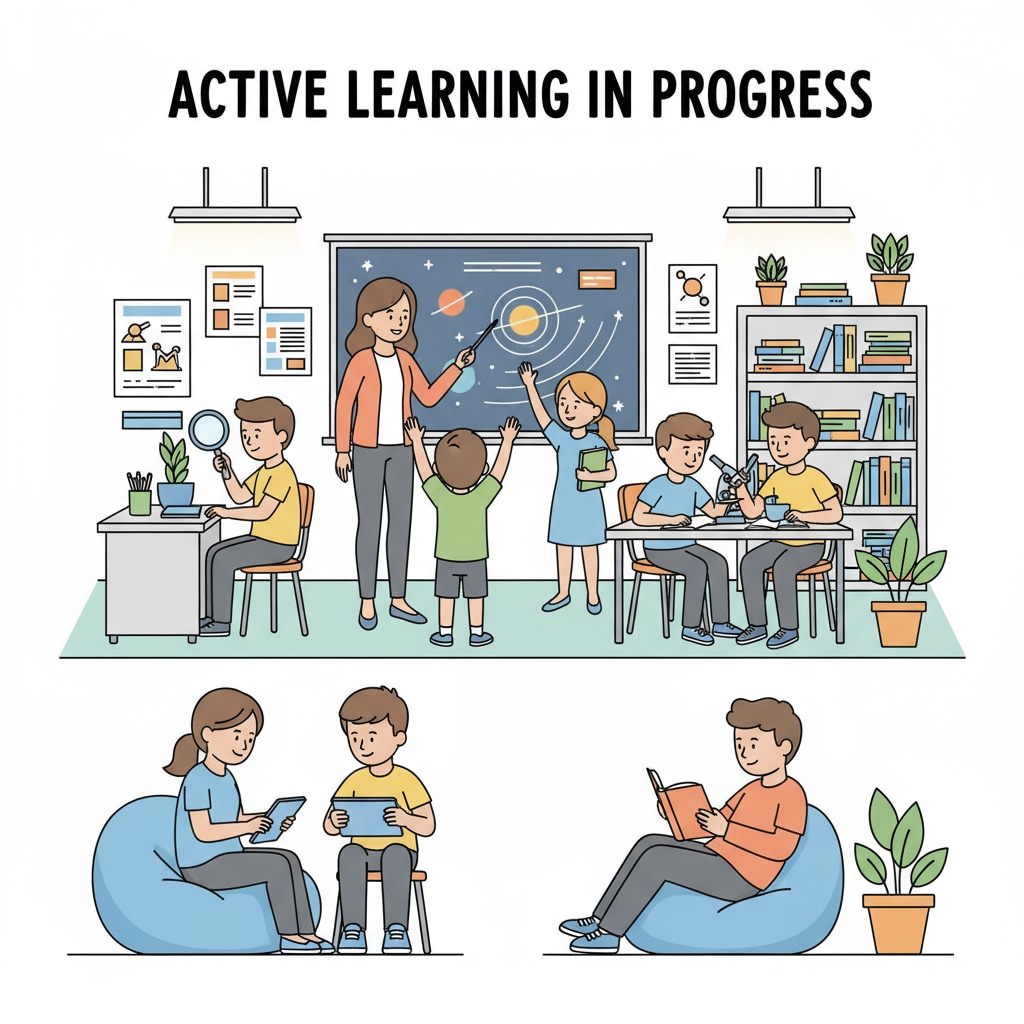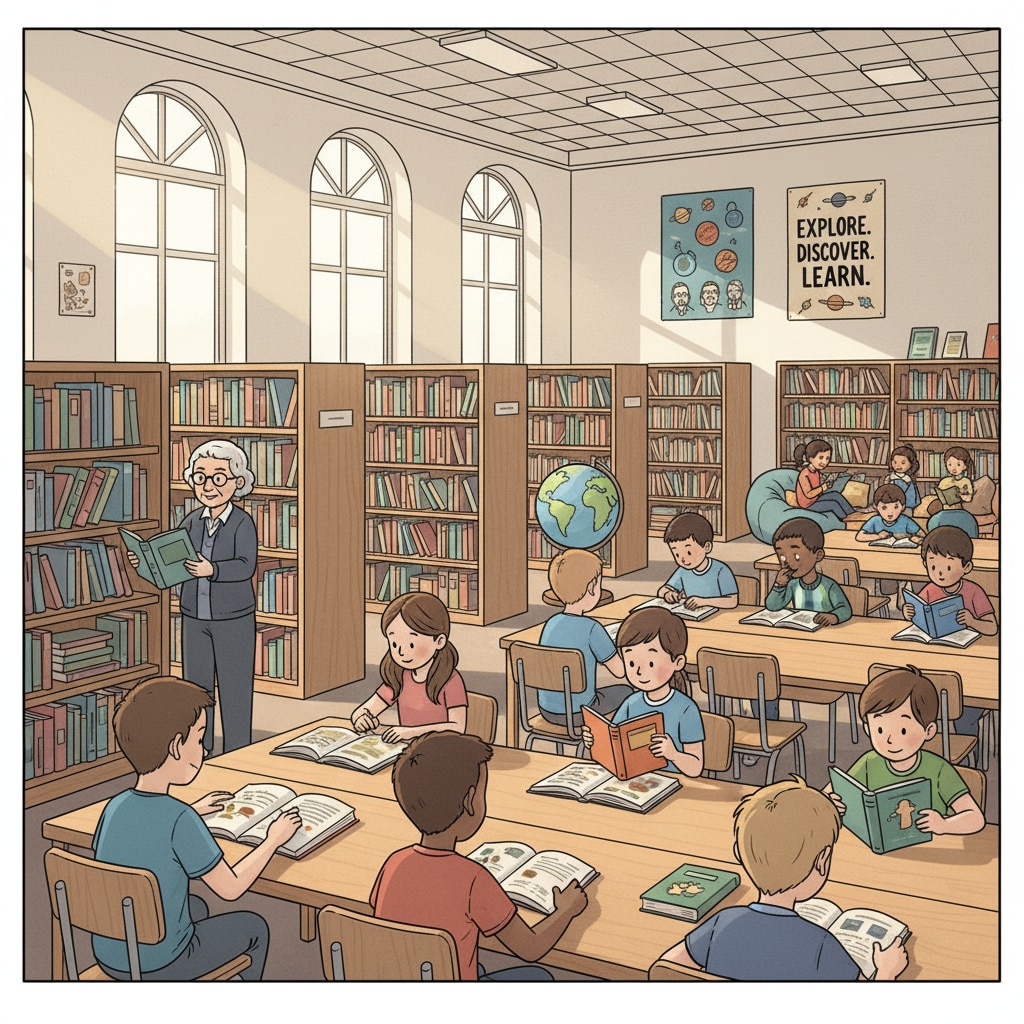School visits, educational choices, and public schools are integral parts of the process of finding the perfect learning environment for your soon-to-be-enrolled child. Making the right choice can significantly impact your child’s academic journey and personal growth. In this article, we will guide you through the process of planning effective school visits to public schools, ensuring you have all the information you need to make an informed decision.

Preparing for the School Visit
Before you embark on a school visit, it’s essential to do some groundwork. First, research the public schools in your area. Look into their academic performance, teaching methodologies, extracurricular activities, and student-to-teacher ratios. Websites like GreatSchools.org can provide valuable information about school ratings, test scores, and parent reviews. This initial research will help you shortlist the schools that align with your educational goals for your child.
Next, contact the schools to schedule a visit. Most schools have specific procedures for arranging tours. Some may require you to fill out an online form or call the school office. Be sure to ask about any specific requirements, such as wearing a mask or bringing identification. Additionally, find out if there are any upcoming events or open houses that you can attend instead of a regular tour, as these may offer more opportunities to interact with teachers and students.
What to Observe During the Visit
Once you arrive at the school, there are several key aspects to observe. Start with the overall atmosphere of the school. Notice how the students and teachers interact. Are the hallways clean and well-maintained? Is there a sense of order and respect? A positive and inclusive environment is crucial for your child’s well-being.

Pay close attention to the classrooms. Observe the teaching style and the level of student engagement. Are the teachers using a variety of teaching methods to cater to different learning styles? Do the students seem interested and actively participating? Also, take note of the classroom resources, such as textbooks, technology, and art supplies. Adequate resources can enhance the learning experience.
Another important area to explore is the extracurricular facilities. Check out the sports fields, music rooms, art studios, and science labs. These facilities can provide insights into the school’s commitment to holistic education. A school that offers a wide range of extracurricular activities can help your child develop their interests and talents outside of the classroom.
Readability guidance: By following these steps, you can ensure a comprehensive school visit. Remember to use short paragraphs to convey information clearly. For example, in each section, we have broken down the content into manageable chunks. Also, using lists can be helpful. For instance, when discussing what to observe, we listed different areas like the overall atmosphere, classrooms, and extracurricular facilities. This makes it easier for readers to understand and follow the information.


